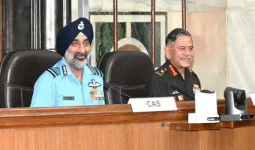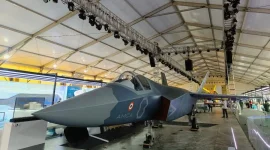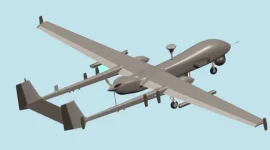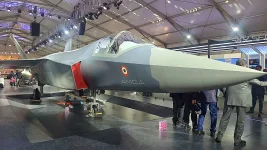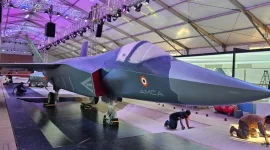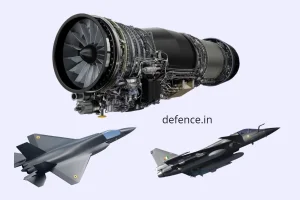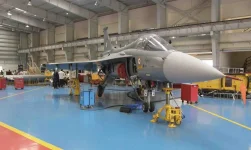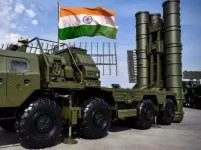In a significant boost to India's indigenous defence manufacturing, Hindustan Aeronautics Limited (HAL) has revealed it will invest approximately Rs 4,000 crore from its own resources to fund the initial development of the Indian Multi-Role Helicopter (IMRH).
The state-owned aerospace and defence company's chairman, DK Sunil, confirmed that this substantial internal funding will cover the critical design, prototyping, and testing stages of the advanced, medium-lift helicopter.
The IMRH is being developed to meet the diverse operational requirements of the Indian Army, Air Force, and Navy. This ambitious project is a central part of the 'Make in India' initiative, aimed at establishing self-reliance in critical defence technologies.
The new helicopter is intended to replace the ageing fleets of Russian-made Mi-17 helicopters, which are currently the backbone of the armed forces' rotary-wing transport fleet.
Designed as a versatile 10 to 12.5-tonne class aircraft, the IMRH will be capable of performing a wide array of missions. These include transporting up to 24 fully-equipped soldiers, evacuating casualties from battle zones, conducting anti-submarine warfare, and executing special operations.
With a planned service ceiling of 20,000 feet, the helicopter is being engineered to operate effectively in challenging high-altitude areas, including the Siachen Glacier and Ladakh.
This initial Rs 4,000 crore investment underscores HAL's confidence in the programme's viability and its own robust financial standing, which has been strengthened by major contracts like the Rs 48,000 crore deal for 83 Tejas Mk1A fighter jets.
The development will be a collaborative effort, involving the DRDO and key private sector companies to leverage national expertise. The target timeline aims for the IMRH's first flight by 2028, with formal induction into the armed forces projected for 2032.
The overall lifecycle cost of the IMRH programme is estimated to be between Rs 10,000 and Rs 12,000 crore.
While HAL is funding the initial phase, the company anticipates further government support under the Strategic Partnership (SP) model for the production phase.
This model is designed to encourage collaboration between public and private entities on major defence projects. HAL plans to produce over 200 units for the Indian military and also aims to tap into potential export markets.
For its powertrain, the helicopter will be equipped with twin engines. The likely candidate is a collaboration with Safran of France, potentially a more powerful version of the 'Shakti' engine that currently powers the ALH Dhruv helicopter.
The design also features a high degree of modularity, allowing for a specialised naval variant equipped with foldable rotor blades for on-deck storage and the capability to integrate anti-ship missiles, addressing strategic needs in the maritime domain.
While acknowledging that challenges such as integrating advanced fly-by-wire control systems exist, HAL leadership has expressed confidence in meeting the project's timelines.
This confidence is based on lessons learned from previous projects, such as the Light Combat Helicopter (LCH 'Prachand'), and improved synergy with private industry partners.
The successful development and induction of the IMRH will mark a pivotal achievement in India's quest to reduce its dependency on foreign military hardware and build a self-sufficient defence industrial base.

